Growing Aloe Polyphylla in Hot Climates
Victual
9 years ago
Related Stories

GARDENING GUIDES6 Dependable Ground Covers for Warm Climates
Swap some lawn for these drought-tolerant clumping plants — and watch your maintenance efforts diminish while they easily grow
Full Story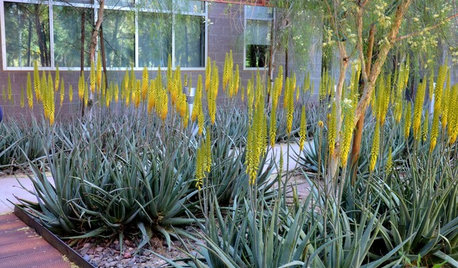
GARDENING GUIDESGreat Design Plant: Aloe Vera
Bright yellow flowering spikes decorate this popular aloe from late winter into spring, much to the delight of hummingbirds
Full Story
GARDENING GUIDESGreat Design Plant: Fan Aloe
Fanning leaves offer a striking rosette alternative, but this plant has all the benefits of regular succulents and more
Full Story
FARM YOUR YARD6 Things to Know Before You Start Growing Your Own Food
It takes time and practice, but growing edibles in the suburbs or city is possible with smart prep and patience
Full Story
HOUSEPLANTS10 Top Plants to Grow Indoors
Brighten a room and clean the air with a houseplant that cascades artfully, stretches toward the ceiling or looks great on a wall
Full Story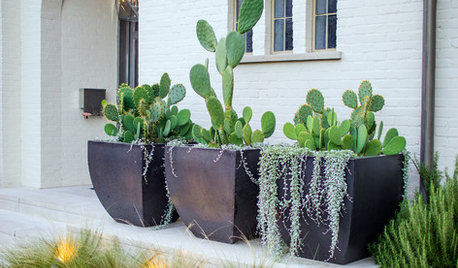
CONTAINER GARDENSCactus and Succulent Containers Are Ideal for Hot, Sunny Spots
Bring on the sun with these heat-loving succulent container gardens
Full Story
GARDENING GUIDES10 Cold-Hardy Succulents for Cool-Season Interest
These attractive plants shrug off colder temperatures, and many can be brought inside in containers in extra-chilly climates
Full Story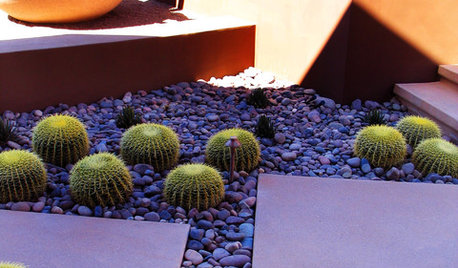
GARDENING GUIDESGreat Design Plant: Echinocactus Grusonii
The curved golden-yellow spines of golden barrel cactus add sunny color to the drought-tolerant garden
Full Story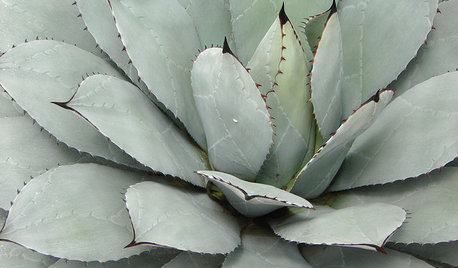
BLUE AND GRAY FOLIAGEGreat Design Plant: Parry's Agave
Don't let the spikes scare you away — this succulent is surprisingly friendly to gardeners whose landscapes lie beyond the desert
Full Story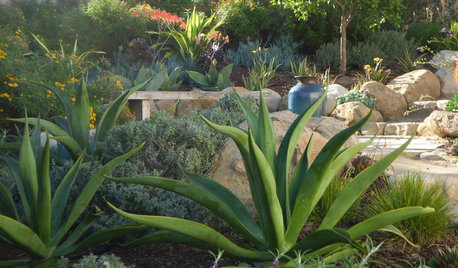
GARDENING GUIDESDecorate the Landscape With Versatile Agave
Beautiful, succulent leaves reach toward the sky, adding texture and beauty to the drought-tolerant landscape
Full Story





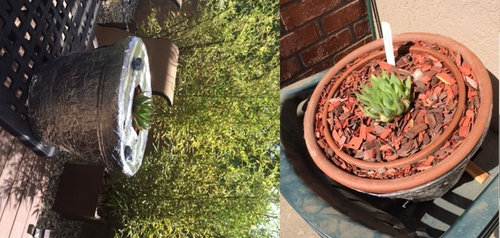

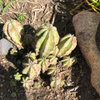
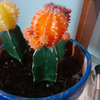

Stush2049 Pitts. PA, zone 6
wantonamara Z8 CenTex
Related Professionals
Cottonwood Landscape Architects & Landscape Designers · Mount Sinai Landscape Contractors · New Cassel Landscape Contractors · Post Falls Landscape Contractors · Westchester Landscape Contractors · Oxon Hill Landscape Contractors · Corsicana General Contractors · Jefferson Valley-Yorktown General Contractors · Weston Carpenters · Fort Collins Decks, Patios & Outdoor Enclosures · Miami Decks, Patios & Outdoor Enclosures · Richmond Decks, Patios & Outdoor Enclosures · Saint Louis Park Decks, Patios & Outdoor Enclosures · Sugar Land Decks, Patios & Outdoor Enclosures · Windsor Decks, Patios & Outdoor Enclosuresdavidrt28 (zone 7)
VictualOriginal Author
wantonamara Z8 CenTex
VictualOriginal Author
VictualOriginal Author
stanofh 10a Hayward,Ca S.F. bay area
VictualOriginal Author
stanofh 10a Hayward,Ca S.F. bay area